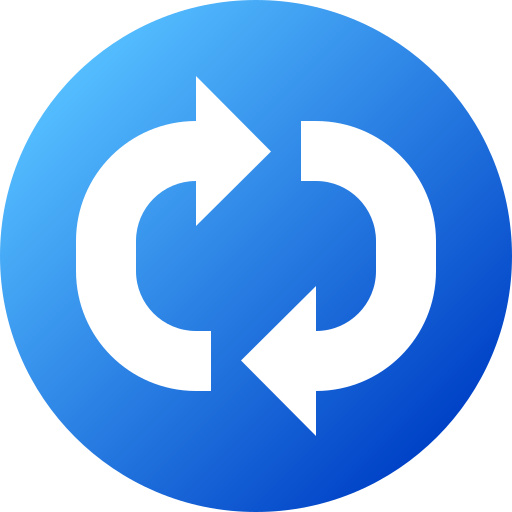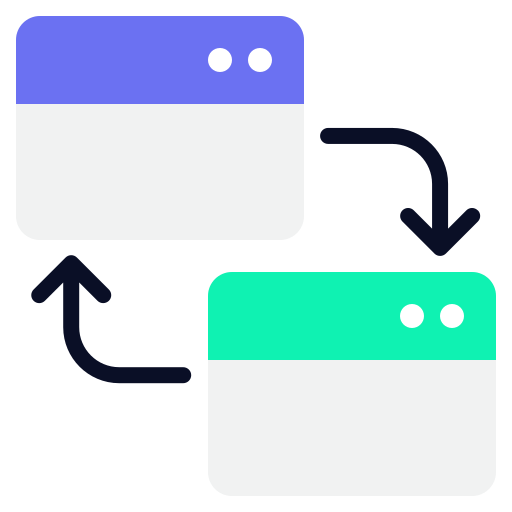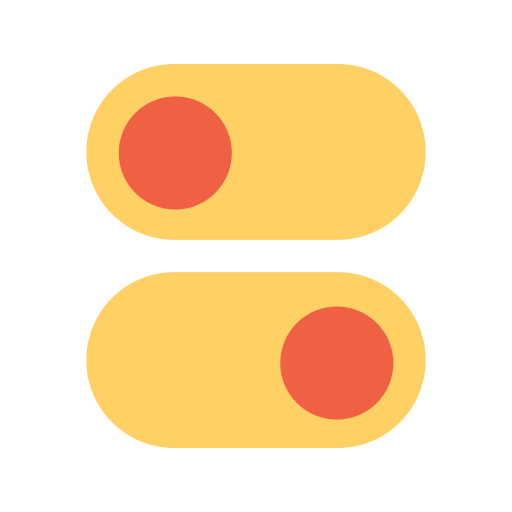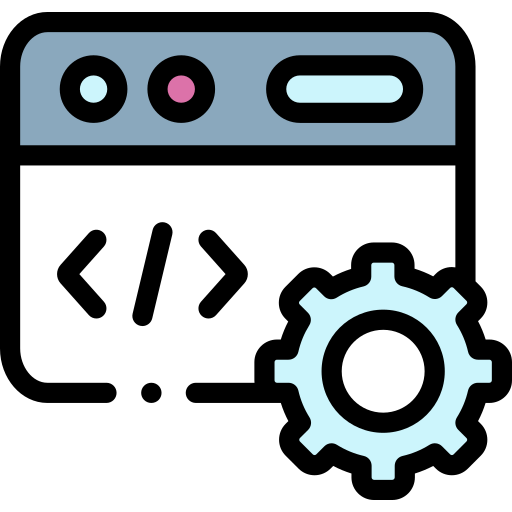
Hire Top Flutter App Developers Now!
Create own development team
Golden Eagle Intelligent Approach
Flutter Features That Enhance Our Development
Services You Will Admire
Hiring Top Flutter App Development Team

Flutter for Mobile Application Development
Flutter is an open-source framework for building high-performance, natively compiled mobile applications for iOS and Android from a single codebase. Its widget-based architecture allows for rich and customizable UIs, providing a consistent user experience across platforms. Flutter’s fast development cycle and hot-reload feature enable rapid iteration and debugging. It’s a go-to solution for developers looking to create beautiful, performant mobile apps with minimal overhead.

Flutter for Cross-Platform Development
Flutter enables cross-platform development by allowing developers to write once and deploy on both iOS and Android. This reduces the time and effort required for building apps for multiple platforms. Flutter’s rich set of pre-built widgets and native features ensure high-quality performance on both platforms. It’s an efficient choice for businesses looking to maintain consistency across their mobile apps.

Flutter for Web and Desktop Applications
Flutter isn’t limited to mobile development; it also supports building web and desktop applications. Using the same codebase, developers can target browsers, Windows, macOS, and Linux. Flutter’s reactive framework and flexible UI design make it easy to adapt apps across different platforms. It’s ideal for businesses aiming to reach users on multiple devices without rewriting code.

Flutter for UI/UX Design
Flutter is well-known for its expressive and flexible UI design capabilities. It provides a rich set of pre-designed widgets that mimic the native look and feel of Android and iOS. Flutter’s hot-reload feature enables real-time UI changes, improving the design process. Its customization options allow developers to create stunning and complex user interfaces without compromising on performance.
Projects We Undertake
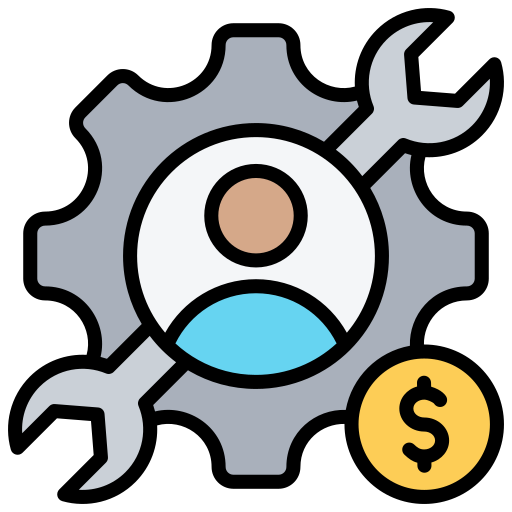
Fixed Cost Model
The Fixed Price Model is best suited for projects with well-defined requirements and a clear scope. The project cost, timeline, and deliverables are agreed upon upfront, providing clients with certainty and predictable outcomes. This model is efficient for smaller projects or those where the scope remains unchanged throughout. It is ideal for projects with minimal risks and where changes during the execution phase are unlikely.

Time & Material Model
The Time and Materials Model is designed for projects with flexible and evolving requirements. It allows clients to pay based on the actual time and resources consumed during the project. This model is effective for long-term or complex projects where the full scope may not be clearly defined from the outset. Clients gain the advantage of scalability and can make adjustments as needed during development, ensuring the final product meets evolving business needs.
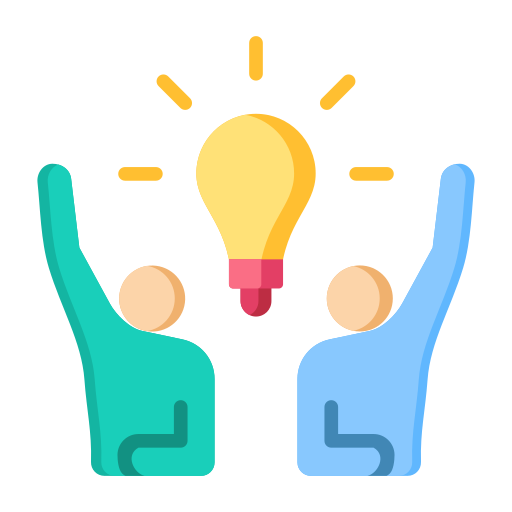
Dedicated Team Model
In the Dedicated Team Model, a team of skilled professionals is allocated exclusively to a client’s project for a predetermined period. This approach offers the flexibility to scale the team up or down based on the project’s demands. It provides clients with direct control over the development process and allows for quick adaptation to changing requirements. This model is ideal for long-term engagements, where collaboration, consistency, and focus are key to success.
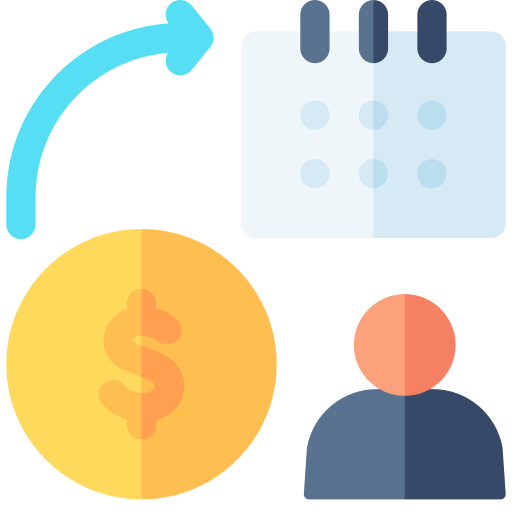
Milestone-Based Payment Model
The Milestone-Based Payment Model divides the project into distinct phases or milestones, with payments made after each phase’s successful completion. This approach ensures a structured timeline, reduces financial risk for both the client and the development team, and provides clients with measurable progress checkpoints. It is particularly useful for medium-sized projects, where deliverables are segmented into clearly defined stages with separate timelines and goals.
